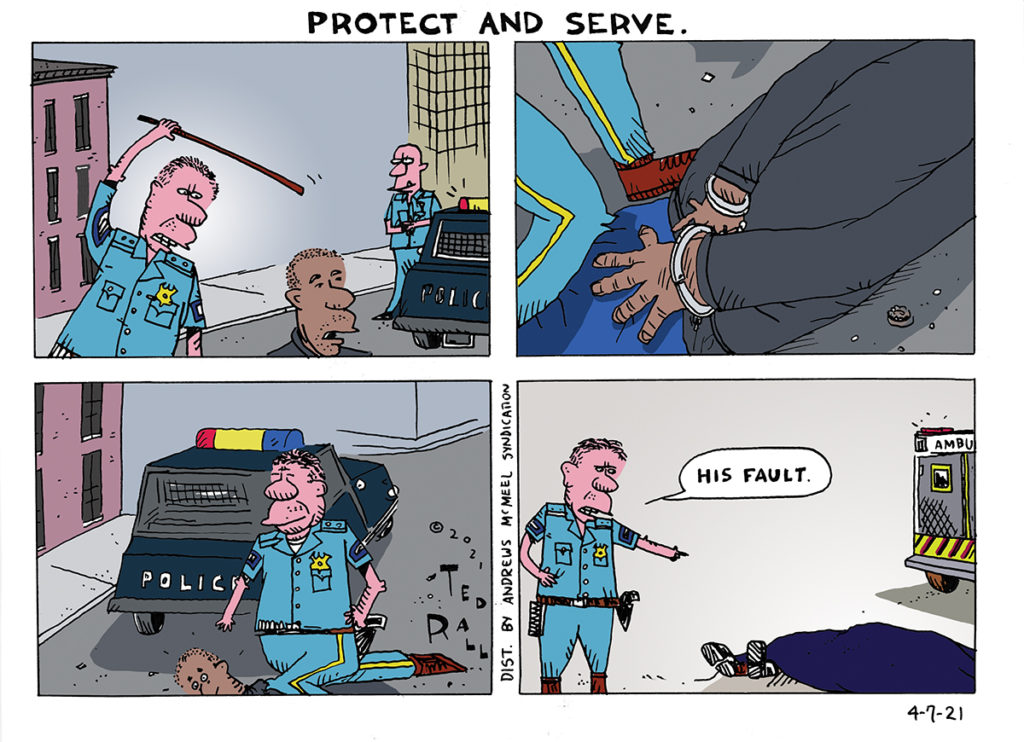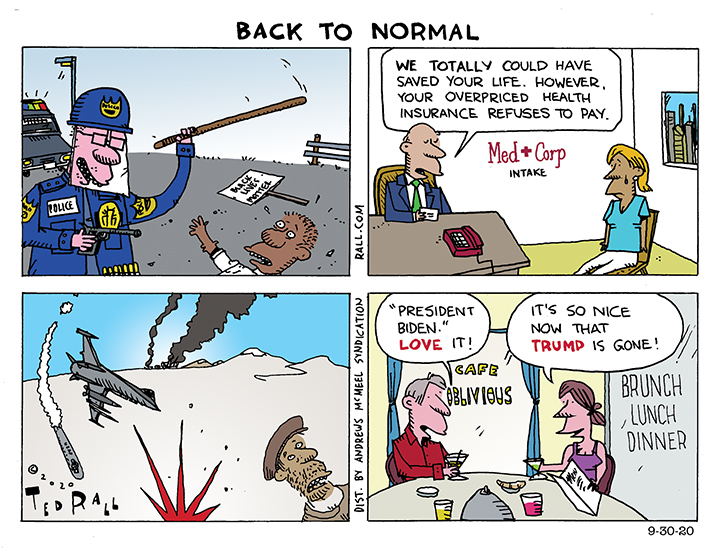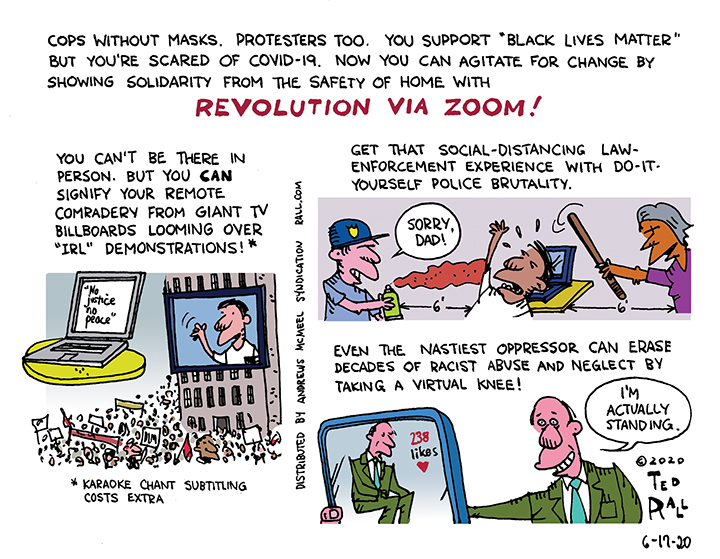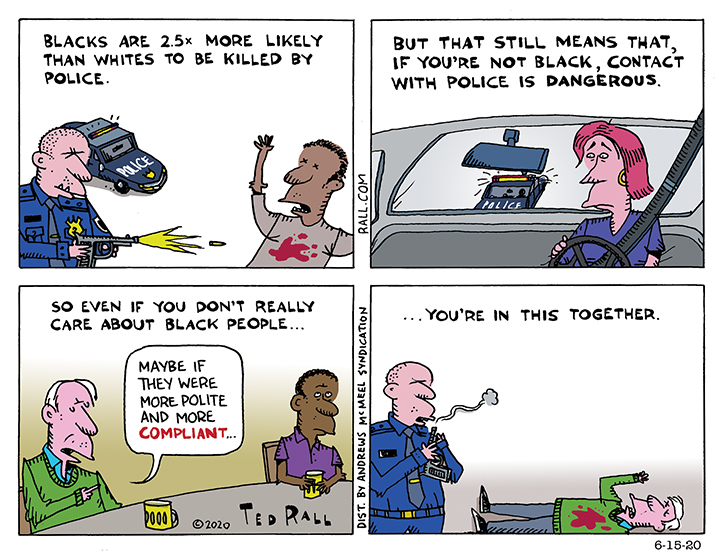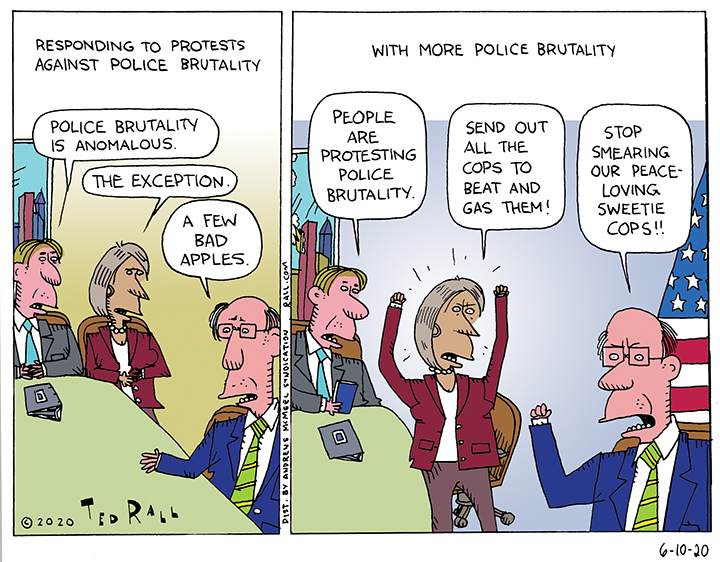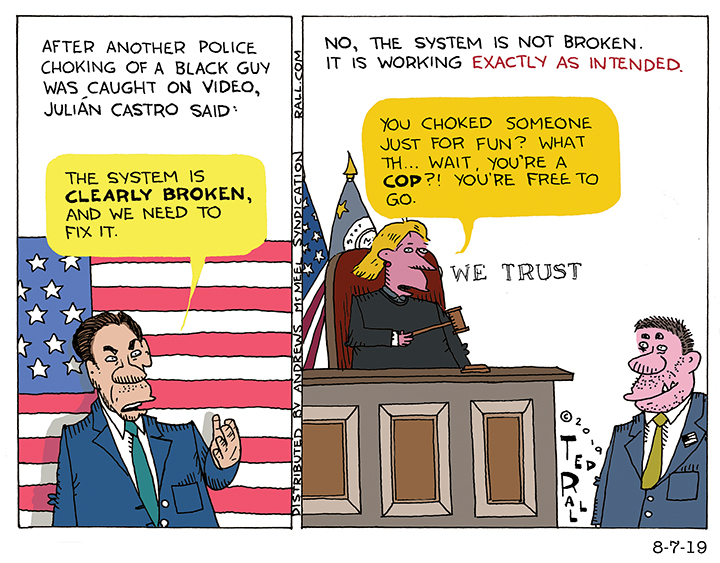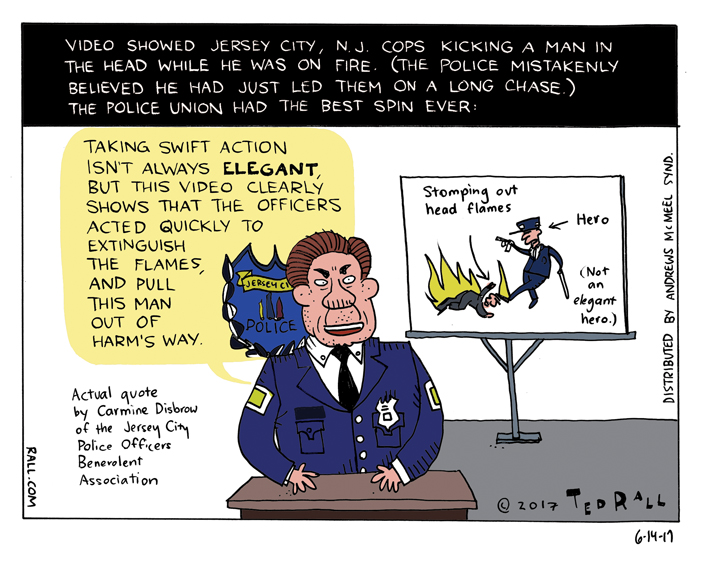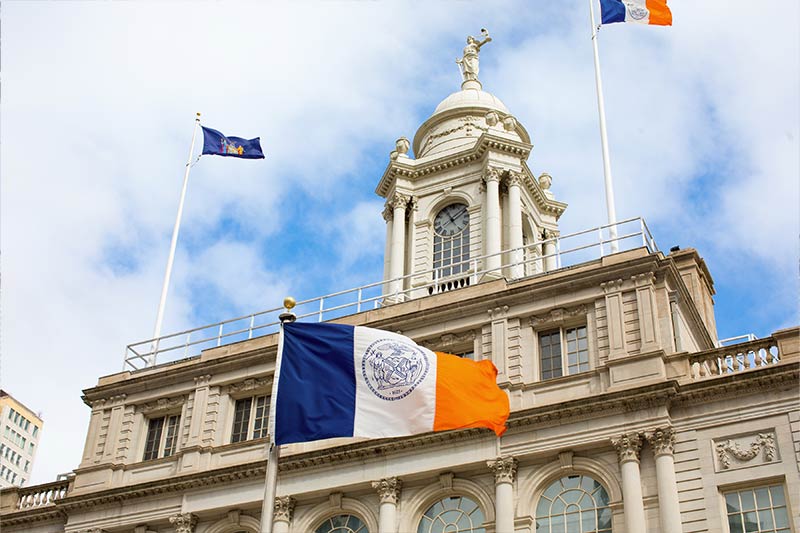
New Yorkers go to the polls June 22nd to choose their next mayor. They’re primaries, but whoever wins the Democratic nomination will almost certainly move into Gracie Mansion.
Media coverage has focused on the fading fortunes of former presidential candidate and tech entrepreneur Andrew Yang, the dearth of progressives in a wide field and the new, confusing ranked-choice voting scheme. (I have a lot of doubts about ranked-choice voting, which I will enumerate in this space at another time.)
A New Yorker by choice most of my life and, unlike Yang, a guy who moved back to the city during the COVID-19 pandemic while others were running for the exurbs, I’ve been thinking a lot about what the next mayor should prioritize and what I would do if I were in charge of the city. Most of my readers don’t live in New York. But most do live in urban areas. Many who live in rural regions work and shop in cities. So New York’s problems are your problems too.
Even more than in other cities, New York’s mayor is not a king. He has, for example, no jurisdiction or control over the five boroughs’ sprawling mass-transit system, which falls under the aegis of the governor. Public schools were only transferred to mayoral control 20 years ago; they were still locked down by order of Governor Andrew Cuomo in response to the pandemic. To get elected you’ll need allies in one of the city’s three loci of power: the police, real estate or Wall Street. If you win, it’s a bully pulpit job.
To lead NYC you have to have charisma, the gift of gab and a strong work ethic—unlike Bill de Blasio. And new solutions for old problems.
Here’s what I’d do:
Homelessness, a perennial problem and perhaps the most glaring failure of capitalism, has exploded over the last year. 80,000 New Yorkers are homeless—1% of the population. It’s shameful. Even if you don’t care about human misery, homelessness affects everyone else. Mentally-ill homeless people contribute to street crime and drive down property values. Let’s get our brothers and sisters off the streets.
While our fellow citizens are sleeping on filthy, freezing cold or blazing hot sidewalks, tens of thousands of apartments and single-family homes sit empty for no good reason. There are between 2000 and 4000 “zombie homes,” mostly single-family houses abandoned by their owners. 27,000 apartment units are being warehoused by landlords holding out for rents that are even higher than the city’s stratospheric current rates. These properties should be seized under eminent domain—don’t worry, the U.S. Supreme Court has ruled that such transfers are constitutional—and transferred to the control of a new city agency dedicated to housing, treating, rehabilitating and training homeless people with the eventual goal of returning as many of them as possible to the workplace. Among the side benefits would be the fact that you need a mailing address in order to apply for government benefits and jobs, which would defray the cost of my rehab programs.
With a paltry 17% occupancy rate for New York commercial office space, it’s a safe bet that millions of square feet of empty office space will be vacant well after everyone has forgotten about COVID. Space that remains empty more than 12 months after the end of coronavirus safety rules should be seized and converted when possible—residential space has to have running water and windows—to housing for the homeless and the poor. Interior former commercial spaces should be allotted to artists and musicians by lottery.
Half of New York apartments are subject to rent stabilization. Rent stabilization should be replaced by rent control so that increases can never exceed the federal inflation rate, and should apply to all rental units.
Let’s add commercial rent control as well. Late-stage gentrification led to the weird phenomenon of “luxury blight” in places like Bleecker Street in Greenwich Village and lower Fifth Avenue, where landlords holding out for insanely high-rent increases have been warehousing empty storefronts for years. Lower rents with limits on future increases allow entrepreneurs to take chances, experiment and make neighborhoods and cities interesting and quirky. In New York as in other cities, state legislators will need to approve commercial rent control tied to inflation.
New York has one of the nation’s most racially and economically segregated public school systems. The potential of students of color is hobbled by buildings that look and feel like prisons, outdated books and equipment and burned-out teachers—all due to insufficient funding. Upper-class “nice” white parents finance “their” schools themselves though they and their kids drive themselves crazy hiring fixers to game a byzantine school-application system that begins with pre-K; many couples flee for the suburbs after kids arrive. 52% of white parents fork a median of $44,000 a year for private secondary school, more than many colleges.
Warren Buffett said the easiest way to fix public schools would be to “make private schools illegal and assign every child to a public school by lottery.” He’s right. Ban private schools; assign children to schools by lottery and watch equity reign as it has in countries like Finland and Cuba. Both nations did it decades ago; their students radically outperform students in neighboring countries. The best way to incentivize the city’s wealthiest citizens to support higher taxes for public education is to force them to have skin—their own children—in the game.
I’m out of space, so here’s one final idea: deescalate the NYPD. New York is not a war zone, being a police officer isn’t that dangerous—your life is far more in harm’s way if you’re a roofer, farmer or logger—and citizens have the right to be served by cops who neither act nor look like members of a hostile occupation army.
New York cops should take a cue from one of the 19 countries where the police do not carry guns and rarely use deadly force even against violent suspects, or Japan, where cops carry sidearms but rarely use them. “The first instinct is not to reach for a gun—what most Japanese police will do is to get huge futons and essentially roll up the person who is being violent or drunk into a little burrito and carry them back to the station and calm them down. The response to violence is never violence—it is to de-escalate,” BBC journalist Anthony Berteaux reported in 2017. I’d start with training cops in the technique of “policing by consent”—obtaining compliance from the public by earning respect rather than instilling fear—and, if that fails, I’d take away their guns as well as their bulletproof vests.
Some may ask, since you have so many ideas, Mr. Smarty-pants, why not run yourself? You need millions of dollars to run for mayor and I don’t know how to get it.
Maybe someone will fix that problem.
(Ted Rall (Twitter: @tedrall), the political cartoonist, columnist and graphic novelist, is the author of a new graphic novel about a journalist gone bad, “The Stringer.” Now available to order. You can support Ted’s hard-hitting political cartoons and columns and see his work first by sponsoring his work on Patreon.)

